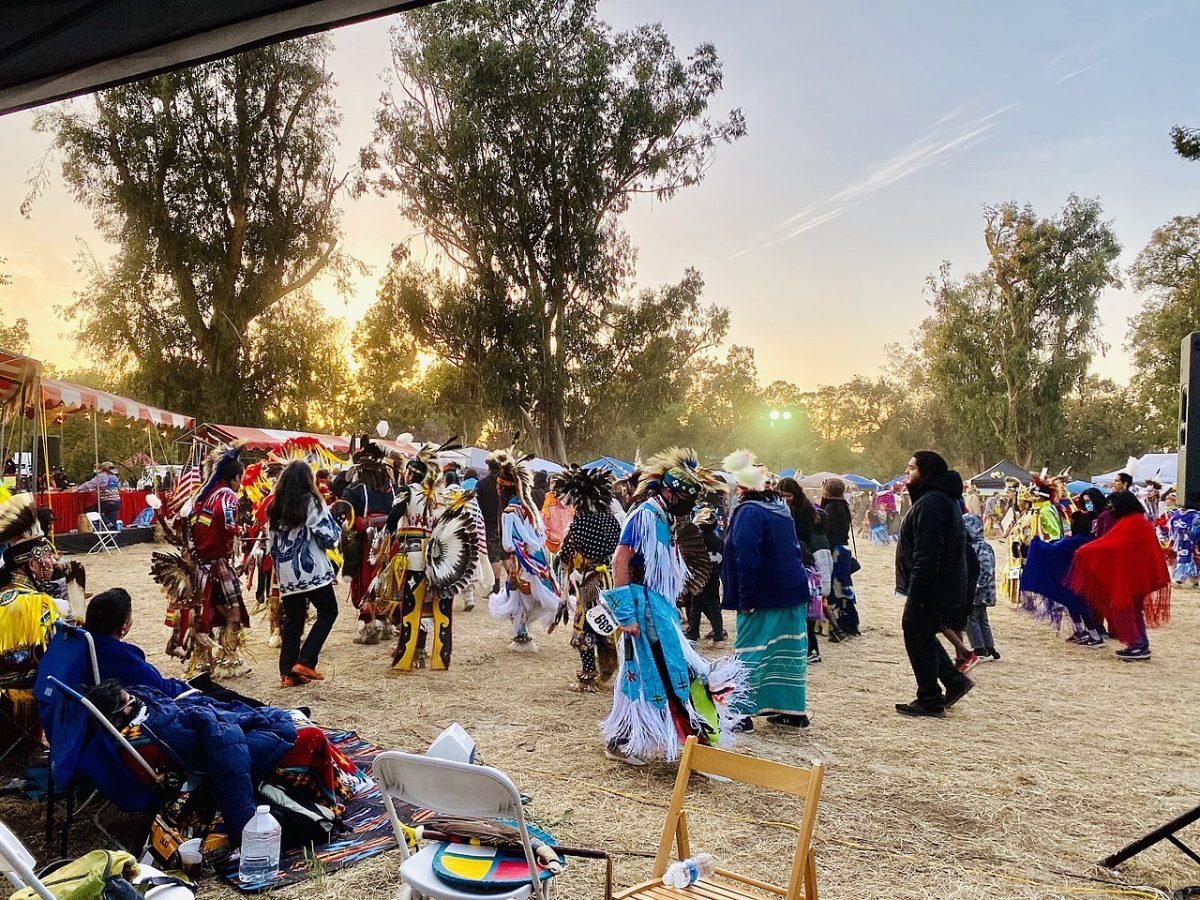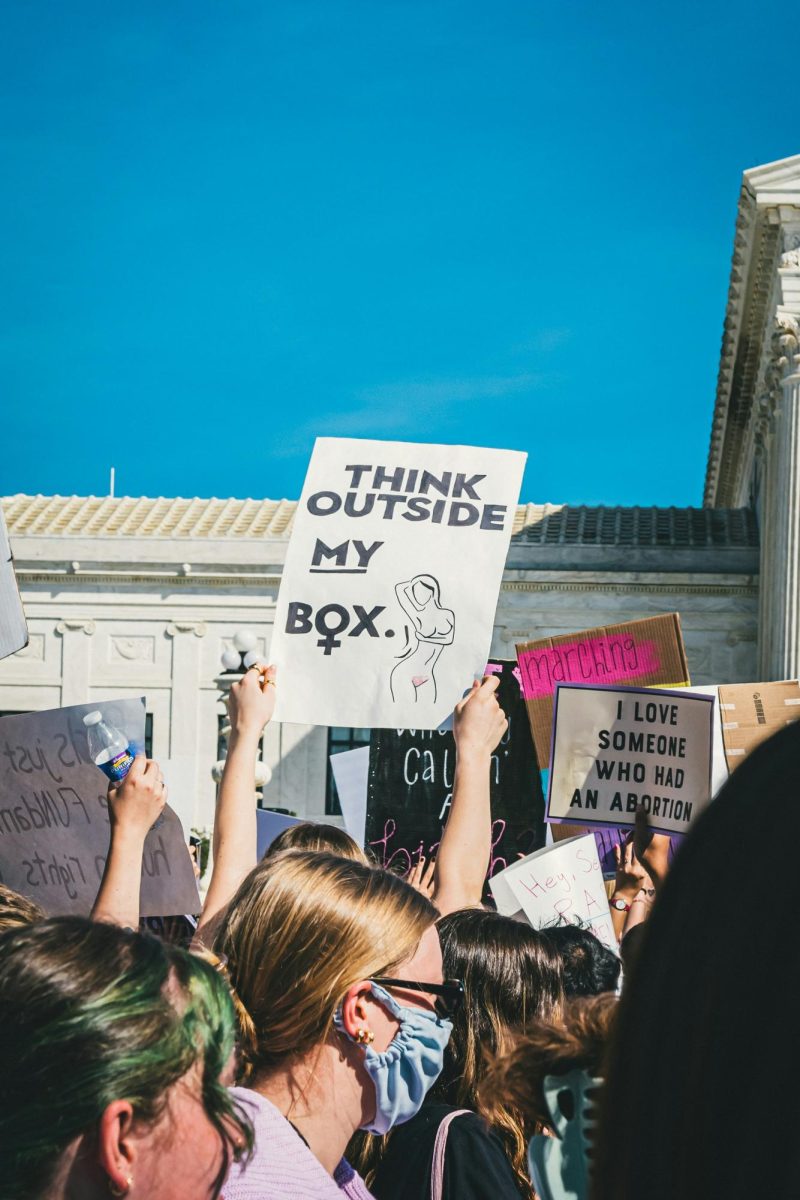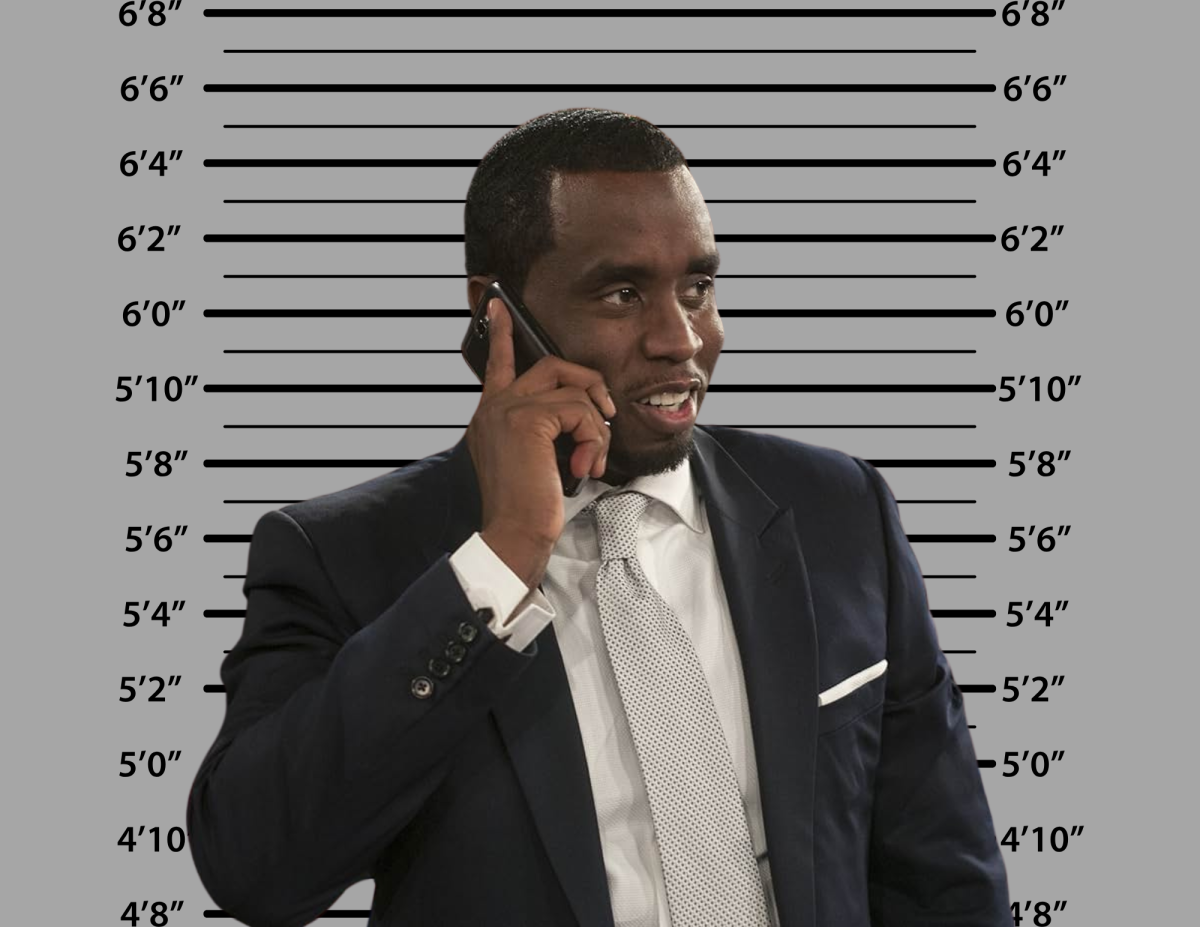By Darlene Dukelow-Burton
The Riverside Community College District Board of Trustees neglected to include the Native American population when considering redistricting in March.
The Board used Redistricting Partners to process 2020 census data that did not define several races but clumped them together in the Latino or “other” categories. This report was a terrible reference because it essentially erased the Native American population from the district’s boundaries.
One would expect Redistricting Partners would deliver a more detailed report to the Board rather than the minimal data they got from the census. If the racial and ethnic makeup of the students attending RCCD mattered to the trustees, like they say it does, they would have needed a more accurate breakdown of data to work with to cover students’ needs.
They need to take a deeper look at the online census right before them.
I know that most Native Americans have Spanish or Anglo names, which can be misleading to many. The Board could assume that very few Native Americans live in Riverside County, an egregious assumption. Their names are due to colonists violently assimilating Native Americans’ ancestors. These names were forced on them, and their real names were taken away, along with their language, traditions, religion and family.
The United States government figured that the Indian had to be removed from inside them before they could be acceptable and useful to society. The infamous Anglo phrase of that period was “Kill the Indian, save the man,” which has been practiced for hundreds of years.
Perhaps this assimilation is how and why the Board might come to believe that there are few Native Americans in its surrounding areas. Contrary to this, there are many more Natives than they know.
Of the 39.5 million Californian residents living here, 3.1% are Native American, 4.2% are Native and White/Hispanic, and 4.2% claim Native with Black ancestry. Many Native families still do not identify officially as Indian because of the inherited fear, just like my grandparents.
Southern California is said to have the highest number of Native Americans living in its communities than anywhere else.
Before America’s historic shutdown in 2020 due to COVID-19, many colleges in practically every Southern California county would host their powwows each year, which local Native groups put on. The groups that often worked with them were the college’s Native American clubs or Native American student programs.
Riverside City College did not have a Native club or program. At the most, RCC used to have a small Native American gathering and a social event each year.
In the mid-1990s, RCC also hosted a local powwow that the students put on for years. It would have dramatically grown if it was still going on today, like the one that the University of California, Riverside holds at the end of every May.
Some students discussed the absence of a club at RCC during class around that time which caught the ear of their instructor Jake Jackson. He taught Guidance 48 and was their first advisor, with history professor Dwight Lamayesva becoming their co-advisor. They named their club the Native American Inter-Tribal Council (NAIC).
“Back then, a group of Native American students was very interested in bringing people together,” said Corine Quezada-Staley, an original club member. “The students needed something to be a part of and not feel alone, so they wanted to start their own club.”
News travels fast in the Native community. Traditionals such as Pete Many Horses Mares and Stella Grant heard of the powwow plans and offered to join as mentors on their committee. Powwows turn out best when the Elders come forward and share their knowledge. They become the well-organized spiritual event they’re supposed to be.
Stella’s brother Saginaw Grant, an esteemed leader in Native American circles, stepped forward and offered to lead them in their first powwows. Grant was a well-known actor, Headman Dancer-Whipman, motivational speaker, spiritual leader and hereditary chief of the Sac and Fox Nation.
The NAIC committee had to tackle the needs of the myriad of tribal people participating in the powwow, learn their different customs and keep the peace. Quezada-Staley was a significant force in its organizing.
The committee made their events educational, teaching crowds the protocols and etiquettes of a powwow. Learning shared is learning respected.
I heard about the new powwow and attended them over the years. The atmosphere was welcoming and you felt like you knew everyone.
The RCC powwow ran for some years successfully. However, the club faltered and eventually stopped when the founding members, and driving force, graduated and moved on.
Years later, some faculty met with Quezada-Staley and told her they had all gotten together and decided that those years were extraordinary for them. They said that the club had benefited everyone because it had a significant effect on the student body and the faculty.
I recently heard that a student tried to start a new Native American club two years ago. He had the paperwork, but the pandemic hit and everything shut down, derailing the bid for a club. If only the Board knew of the need for a Native American safe space, perhaps they would have supported this student in his quest to join the other Tribal members of the Red Nations.
What a shame that the student did not have the chance to restart the Native American club. It would show that the dream has not died and will live again.






Nice Try • May 23, 2022 at 4:11 am
While this article seems well intentioned on its surface, it’s entirely self-serving in s sad effort to protect former RCC student Quezada-Staley. She and her family are guilty of race appropriation. All this to add, when the student that wanted to reboot the NAIC club reached out to Quezada-Staley, she cruelly told other former members not to talk to him and refused to assist him in his endeavors which started FAR before the pandemic. The school itself had very little to do with the flop of the club formerly run by Quezada- Staley.